The Four-Toed Elephant Shrew (Petrodromus tetradactylus), also known as the Four-Toed Sengi, is a remarkable creature that inhabits parts of Africa. In the vast and diverse landscapes of the African savanna, where an array of remarkable wildlife thrives, there exists a creature that captivates the imagination with its unique characteristics and elusive nature: the Four-Toed Elephant Shrew. Also known as the “sengi,” this small mammal belongs to the family Macroscelididae and holds a special place in the hearts of wildlife enthusiasts and researchers alike.
Four-Toed Elephant Shrew: Species Profile
Common Name: Four-Toed Elephant Shrew
Swahili Name: N/A (Not commonly referred to by a specific Swahili name)
Scientific Name: Petrodromus tetradactylus
Type: Mammal
Food: The Four-Toed Elephant Shrew is an insectivore, primarily feeding on insects, spiders, centipedes, and millipedes. Its long snout and specialized feeding adaptations allow it to extract small invertebrates from the leaf litter and vegetation.
Habitat: The Four-Toed Elephant Shrew is predominantly found in various habitats in East Africa, including woodlands, grasslands, and riverine forests. It prefers areas with dense vegetation and shrubby undergrowth where it can find cover and abundant food resources.
Size: The Four-Toed Elephant Shrew is a relatively small mammal, measuring approximately 20 centimeters (7.9 inches) in length, excluding its tail.
Average Life Span in the Natural Habitat: In the natural habitat, the Four-Toed Elephant Shrew has an average life span of around 2 to 4 years. However, some individuals may live slightly longer under favorable conditions.
Active: The Four-Toed Elephant Shrew is primarily diurnal, meaning it is most active during the day. It is well adapted to its environment, using its agility and quick movements to navigate through its habitat in search of food.
Gestation Period: The gestation period for the Four-Toed Elephant Shrew is approximately 60 days. After this period, the female gives birth to one to three offspring.
Weight: The Four-Toed Elephant Shrew weighs around 50 to 70 grams (1.8 to 2.5 ounces), making it a lightweight mammal with a slender body structure.
Size Comparison to a 6-ft Man: In comparison to a 6-ft man, the Four-Toed Elephant Shrew is significantly smaller, measuring only about 1/30th of the man’s height. Its compact size allows it to maneuver easily through the dense vegetation of its habitat.
Appearance and Behavior
The Four-Toed Elephant Shrew is an enchanting creature, measuring around 20 centimeters in length, with a distinctive elongated snout and large, expressive eyes. Despite its name, it doesn’t possess four toes but rather has a set of four long, slender digits on its hind feet, which it uses for balance and agility. Its fur varies in coloration, ranging from sandy brown to reddish-brown, allowing it to blend seamlessly with its surrounding environment.
These shrews are primarily active during the day, meticulously foraging for their preferred diet of insects, spiders, seeds, and fruits. They are incredibly agile, using their elongated noses to probe the soil and leaf litter in search of hidden prey. Their keen sense of smell, combined with their remarkable speed and agility, makes them adept hunters in their natural habitat.
Habitat and Distribution
The Four-Toed Elephant Shrew is native to the eastern and southern regions of Africa, where it inhabits a range of habitats such as grasslands, shrublands, and forest edges. It seeks shelter in the dense undergrowth, taking advantage of its natural camouflage to remain inconspicuous and evade potential predators. This fascinating creature is particularly prevalent in countries like Tanzania, Kenya, Zimbabwe, and Mozambique.
Ecological Importance
While the Four-Toed Elephant Shrew may not boast the same level of recognition as some of its larger savanna counterparts, it plays a vital role in the ecosystem. By preying on insects and controlling their populations, these shrews contribute to the delicate balance of the savanna ecosystem. Furthermore, they serve as prey for larger predators, forming an essential link in the intricate web of life that sustains the African wilderness.
Conservation Status
Like many other species inhabiting this diverse region, the Four-Toed Elephant Shrew faces numerous threats to its survival. Habitat loss due to deforestation, agriculture, and urbanization poses a significant risk to their population. Additionally, climate change and indiscriminate hunting also contribute to the decline of this species. Efforts are underway to conserve their natural habitat, raise awareness, and promote responsible eco-tourism to ensure the long-term survival of these remarkable creatures.
Petrodromus tetradactylus
The Petrodromus tetradactylus, with its unique characteristics and captivating presence, stands as a testament to the remarkable biodiversity found within the African savanna. Through informative and engaging content, we can elevate the visibility of this extraordinary creature
Four-Toed Elephant Shrew Adaptation:
The Four-Toed Elephant Shrew, also known as the Four-Toed Sengi, is a fascinating creature that has evolved various adaptations to thrive in its natural habitat. In this section, we will explore the remarkable adaptations of the Four-Toed Elephant Shrew, shedding light on its physical characteristics, behavioral traits, and physiological features that enable it to survive and flourish in diverse environments.
Specialized Foot Structure: One of the most distinctive adaptations of the Four-Toed Elephant Shrew is its specialized foot structure. Unlike most other elephant shrew species that have three toes on their hind feet, this shrew possesses four toes. This unique adaptation provides the shrew with enhanced agility and maneuverability, allowing it to navigate through complex terrains, including dense vegetation and leaf litter.
Agile Locomotion: The Four-Toed Elephant Shrew exhibits exceptional agility in its movements. Its compact body, long tail, and slender limbs contribute to its ability to swiftly dart through its habitat, making sharp turns and quick changes in direction. This agility aids the shrew in evading predators, pursuing prey, and exploring its surroundings efficiently.
Keen Senses: Adaptation to its environment has equipped the Four-Toed Elephant Shrew with keen senses that play a crucial role in its survival. Its hearing and vision are particularly well-developed, enabling it to detect potential threats and locate prey accurately. The shrew’s large eyes and ears allow for excellent sensory perception, aiding in the rapid detection of movements and sounds.
Insectivorous Diet: The Four-Toed Elephant Shrew is an insectivore, relying on a diet primarily composed of insects, spiders, centipedes, and millipedes. Its long and flexible snout is an adaptation that facilitates the extraction of small invertebrates from the leaf litter and vegetation. This specialized feeding adaptation allows the shrew to efficiently exploit its food resources in its environment.
Diurnal Activity: Being diurnal, the Four-Toed Elephant Shrew is primarily active during the daytime. This adaptation aligns its activity patterns with the availability of sunlight, maximizing opportunities for foraging, social interactions, and other essential behaviors. The shrew’s diurnal nature also enables it to take advantage of visual cues and favorable environmental conditions for survival and reproduction.
Cryptic Coloration: The Four-Toed Elephant Shrew exhibits cryptic coloration, blending with its surroundings to enhance its camouflage. The shrew’s fur coloration and patterns help it remain inconspicuous, reducing the risk of predation. This adaptation allows the shrew to conceal itself amidst the vegetation, providing protection and increasing its chances of survival.
Monogamous Mating System: Another notable adaptation of the Four-Toed Elephant Shrew is its monogamous mating system. Forming long-term pair bonds, the shrews engage in cooperative behaviors, including shared territory defense and parental care. This adaptation contributes to the stability and success of their reproductive strategies, promoting the survival of offspring.
The Four-Toed Elephant Shrew’s remarkable adaptations showcase its ability to thrive in diverse environments. Its specialized foot structure, agile locomotion, keen senses, insectivorous diet, diurnal activity, cryptic coloration, and monogamous mating system all contribute to its survival and reproductive success. These adaptations highlight the shrew’s remarkable ability to navigate its habitat, secure food resources, avoid predators, and ensure the continuity of its species.
Where to See Four-Toed Elephant Shrew in Tanzania:
Tanzania, with its diverse ecosystems and rich wildlife, offers an excellent opportunity to observe the captivating Four-Toed Elephant Shrew in its natural habitat. In this guide, we will explore the best locations in Tanzania where you can increase your chances of spotting this elusive creature. Embark on a thrilling wildlife adventure and discover the wonders of the Four-Toed Elephant Shrew in Tanzania.
1. Serengeti National Park:
Known worldwide for its vast savannahs and the annual wildebeest migration, the Serengeti National Park is home to a wide array of wildlife, including the Four-Toed Elephant Shrew. Explore the grasslands and woodland areas, paying attention to the leaf litter and shrubby undergrowth where these shrews are commonly found.
2. Ngorongoro Conservation Area:
The Ngorongoro Conservation Area, with its breathtaking landscapes and abundant wildlife, provides an ideal setting to encounter the Four-Toed Elephant Shrew. Explore the crater floor and surrounding areas, where the shrews can be spotted foraging for insects and seeking shelter amidst the vegetation.
3. Ruaha National Park:
Located in southern Tanzania, Ruaha National Park is a hidden gem renowned for its diverse fauna. The park’s woodlands and riverbanks offer suitable habitats for the Four-Toed Elephant Shrew. Patience and keen observation skills may reward you with sightings of these intriguing creatures.
4. Selous Game Reserve:
As one of Africa’s largest protected areas, the Selous Game Reserve boasts a remarkable range of wildlife species. While exploring the reserve’s riverine forests and bushy areas, keep a watchful eye for the Four-Toed Elephant Shrew, as they are known to inhabit these habitats.
5. Tarangire National Park:
Tarangire National Park, famous for its large elephant herds and baobab-studded landscapes, provides an excellent opportunity to spot the Four-Toed Elephant Shrew. Look for them in the park’s woodlands, thickets, and areas with dense vegetation, where they find ample food resources.
When searching for the Four-Toed Elephant Shrew, it is essential to remember that they are small and elusive creatures. Patience, quiet movement, and a keen eye will increase your chances of observing them in their natural environment. Local guides and experienced safari operators can provide valuable insights and increase the likelihood of successful sightings.
As with any wildlife observation, it is crucial to practice responsible tourism and respect the natural habitats of these fascinating creatures. Maintain a safe distance, avoid disturbing their behavior, and follow the guidance of your guide or park regulations.
Embark on a thrilling safari adventure in Tanzania, immersing yourself in its remarkable landscapes and seeking out the elusive Four-Toed Elephant Shrew. Witness the beauty of this unique mammal and gain a deeper appreciation for the biodiversity that thrives within Tanzania’s protected areas.
Four-Toed Elephant Shrew Safari Tips:
Embarking on a safari to witness the enchanting Four-Toed Elephant Shrew in its natural habitat is a thrilling experience for wildlife enthusiasts. To make the most of your safari and increase your chances of encountering these elusive creatures, here are some valuable tips to guide you along the way. Prepare for an unforgettable wildlife adventure and immerse yourself in the wonders of the Four-Toed Elephant Shrew.
1. Choose the Right Safari Destination:
Selecting the appropriate safari destination is crucial when aiming to observe the Four-Toed Elephant Shrew. Tanzania, with its diverse ecosystems and protected areas, such as the Serengeti National Park, Ngorongoro Conservation Area, and Ruaha National Park, offers excellent opportunities to encounter these fascinating shrews. Research various destinations and consult with experienced safari operators to determine the best location suited to your interests.
2. Seek Guidance from Knowledgeable Guides:
Engaging the services of knowledgeable guides is essential for a successful Four-Toed Elephant Shrew safari. Local guides possess invaluable expertise and familiarity with the shrews’ behavior, habitat preferences, and prime sighting locations. They can enhance your safari experience by sharing insightful information and assisting in spotting these elusive creatures amidst the vast wilderness.
3. Optimize Your Timing:
Timing plays a crucial role in wildlife observation. The Four-Toed Elephant Shrew is primarily diurnal, meaning they are active during the day. Plan your safari activities accordingly, maximizing your chances of sighting these shrews during their most active periods. Early mornings and late afternoons tend to be optimal times when wildlife activity is at its peak.
4. Practice Patience and Quiet Observation:
Spotting the Four-Toed Elephant Shrew requires patience and a keen eye. These small creatures blend seamlessly with their surroundings, making them challenging to spot. Practice quiet observation, minimizing noise and sudden movements. Take your time to scan the vegetation, focusing on areas where the shrews may seek shelter or forage for insects. With patience and persistence, you may be rewarded with sightings of these remarkable mammals.
5. Use Binoculars and Camera Equipment:
Binoculars and camera equipment are invaluable tools for wildlife enthusiasts. Bring a pair of high-quality binoculars to enhance your ability to spot the Four-Toed Elephant Shrew from a distance. Additionally, equip yourself with a camera capable of capturing detailed photographs, allowing you to document your encounters and preserve precious memories.
6. Respect Wildlife and Natural Habitat:
When observing the Four-Toed Elephant Shrew and other wildlife, it is essential to prioritize their well-being and respect their natural habitat. Maintain a safe distance and avoid disrupting their behavior. Adhere to park regulations and follow the guidance of your guides to ensure responsible and sustainable wildlife viewing practices.
7. Embrace the Full Safari Experience:
While the Four-Toed Elephant Shrew may be a highlight of your safari, embrace the full experience by immersing yourself in the rich biodiversity and stunning landscapes surrounding you. Take time to appreciate the myriad of wildlife species, breathtaking scenery, and the interconnectedness of nature. Each encounter, whether with the shrews or other animals, contributes to the holistic safari adventure.
By following these Four-Toed Elephant Shrew safari tips, you can enhance your wildlife adventure and increase your chances of witnessing these captivating creatures in their natural habitat. Remember to approach the safari experience with an open mind, a sense of wonder, and a deep respect for the incredible diversity of the natural world.
Frequently Asked Questions About Four-Toed Elephant Shrews
Curious about the Four-Toed Elephant Shrew? Here are some frequently asked questions about this intriguing creature, providing you with valuable insights into its characteristics, behavior, and habitat. Explore the world of the Four-Toed Elephant Shrew and expand your knowledge about this remarkable mammal.
Q1: What is a Four-Toed Elephant Shrew?
A1: The Four-Toed Elephant Shrew, also known as the Four-Toed Sengi, is a small mammal native to parts of East Africa. It belongs to the family Macroscelididae and is characterized by its unique foot structure, agile movements, and insectivorous diet.
Q2: Where can the Four-Toed Elephant Shrew be found?
A2: The Four-Toed Elephant Shrew is primarily found in Tanzania, specifically in various protected areas such as the Serengeti National Park, Ngorongoro Conservation Area, Ruaha National Park, and Selous Game Reserve. These habitats provide suitable conditions for their survival.
Q3: What does the Four-Toed Elephant Shrew look like?
A3: The Four-Toed Elephant Shrew is a small mammal, measuring around 20 centimeters in length, excluding the tail. It has a slender body, long tail, and a unique foot structure with four toes on the hind feet. Its fur coloration varies, but it is generally a mix of brown, gray, and reddish tones.
Q4: What is the behavior of the Four-Toed Elephant Shrew like?
A4: The Four-Toed Elephant Shrew is primarily diurnal, meaning it is most active during the day. It is known for its agility and quick movements as it navigates through its habitat in search of insects and other small invertebrates. These shrews tend to be solitary and maintain small home ranges.
Q5: What is the diet of the Four-Toed Elephant Shrew?
A5: The Four-Toed Elephant Shrew is an insectivore, relying mainly on insects, spiders, centipedes, and millipedes for its nutrition. Its long snout and specialized feeding adaptations allow it to extract small invertebrates from the leaf litter and vegetation.
Q6: How does the Four-Toed Elephant Shrew reproduce?
A6: The Four-Toed Elephant Shrew has a monogamous mating system, forming long-term pair bonds. They engage in cooperative behaviors, such as shared territory defense and parental care. The gestation period lasts for approximately 60 days, and the female gives birth to one to three offspring.
Q7: What are the threats to the Four-Toed Elephant Shrew?
A7: While the Four-Toed Elephant Shrew is not currently classified as an endangered species, it faces several threats. Habitat loss due to human activities, such as agriculture and infrastructure development, poses a significant challenge. Additionally, climate change and potential predation from introduced species can impact their populations.
Q8: Can I see the Four-Toed Elephant Shrew in captivity?
A8: Four-Toed Elephant Shrews are rarely kept in captivity, as they have specific habitat requirements and specialized dietary needs. Due to their small size and elusive nature, observing them in the wild during a guided safari is the best way to experience these captivating creatures.
Q9: How can I contribute to the conservation of Four-Toed Elephant Shrews?
A9: Supporting local conservation organizations, engaging in responsible tourism practices, and spreading awareness about the importance of protecting wildlife and their habitats are crucial steps in contributing to the conservation of Four-Toed Elephant Shrews. Every effort, no matter how small, can make a difference.
Q10: Can the Four-Toed Elephant Shrew be kept as a pet?
A10: It is not recommended to keep the Four-Toed Elephant Shrew as a pet. These animals have specific habitat and dietary requirements that are challenging to replicate in a domestic setting. Additionally, their natural behavior and well-being are best preserved in their native habitats.
Explore the world of the Four-Toed Elephant Shrew and gain a deeper understanding of its unique adaptations, behavior, and conservation needs. By spreading awareness and appreciating the beauty of these small mammals, we can contribute to their long-term survival.

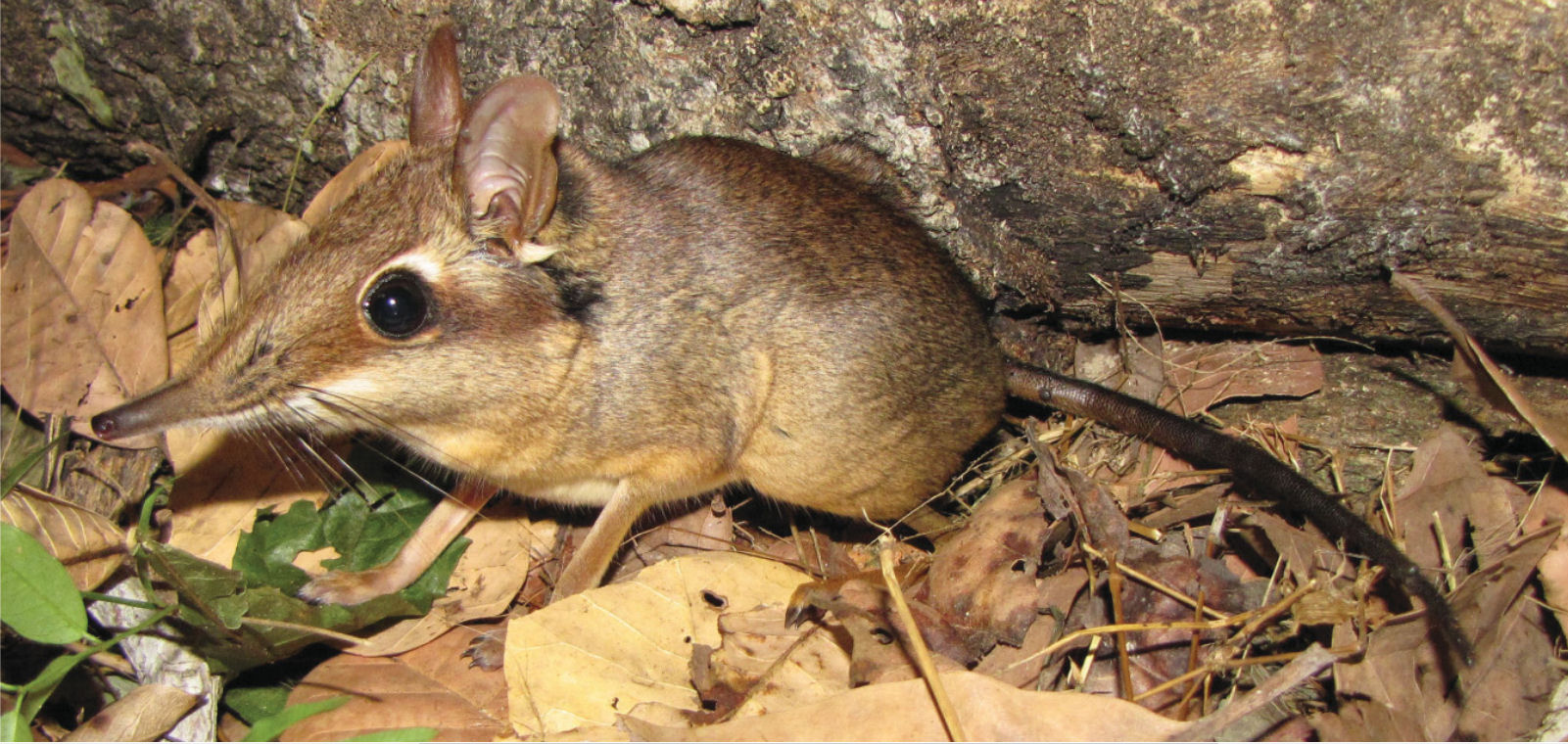
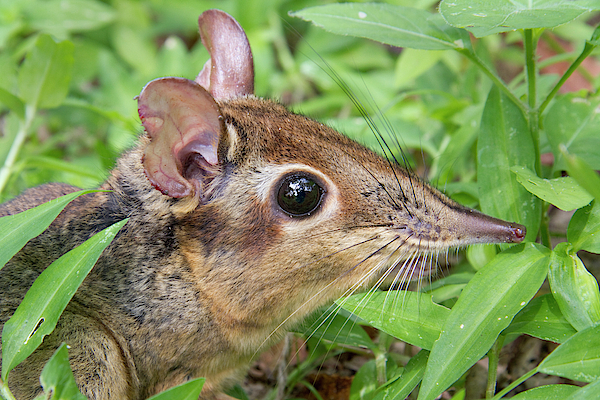
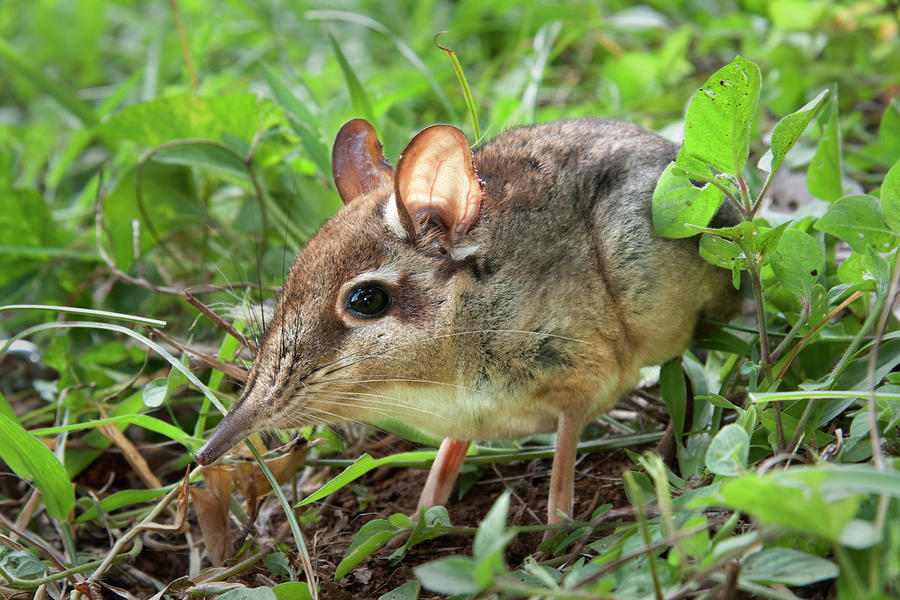

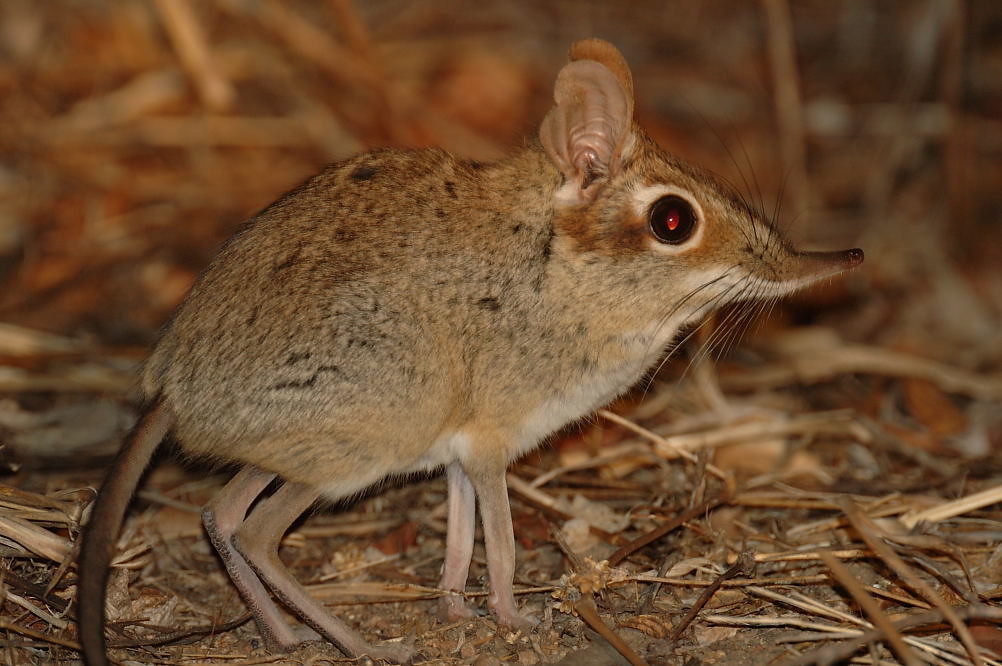
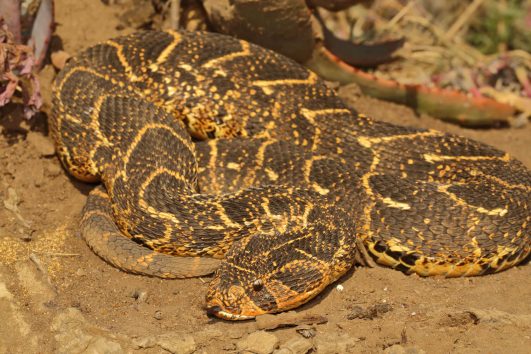

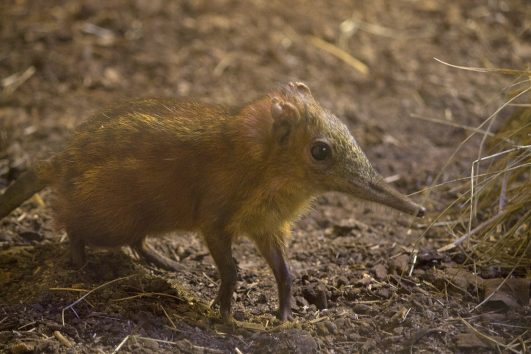
Tour Reviews
There are no reviews yet.
Leave a Review